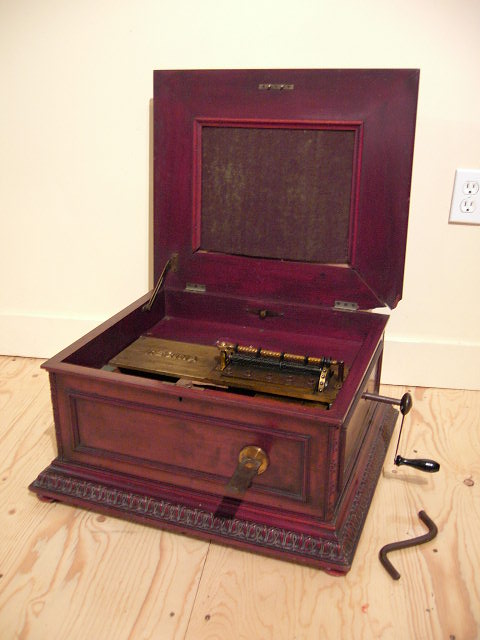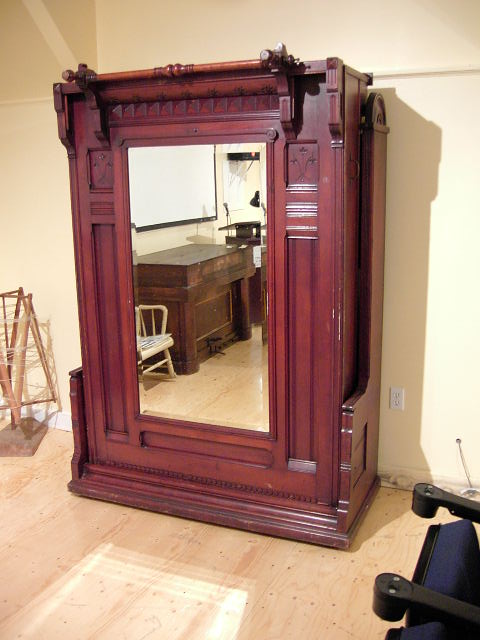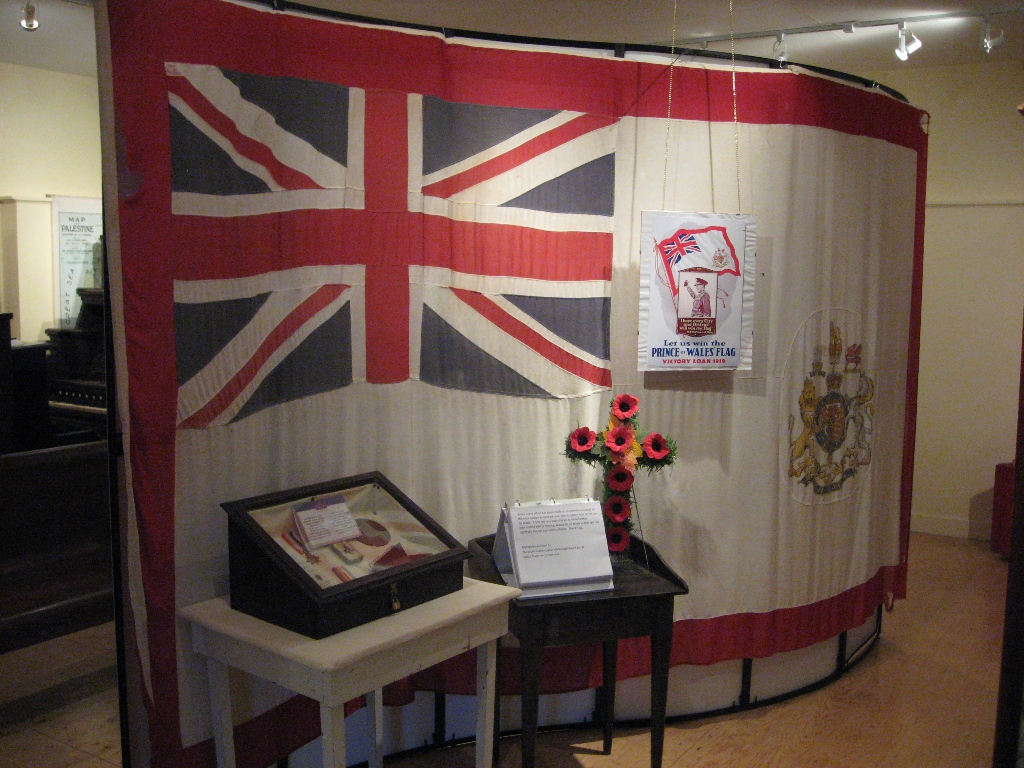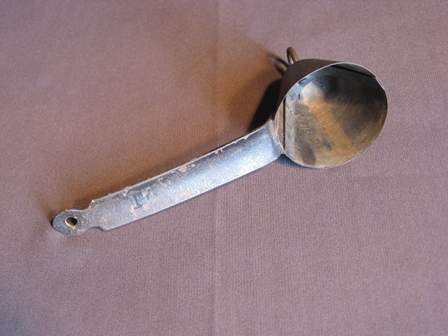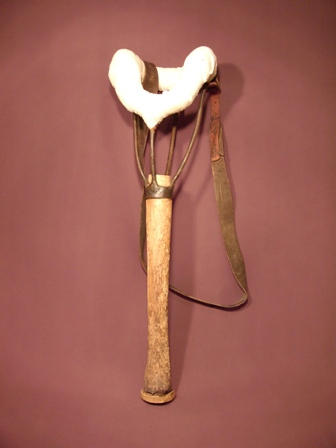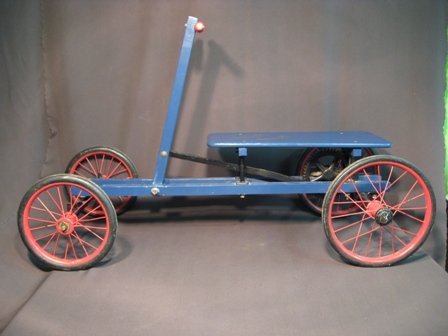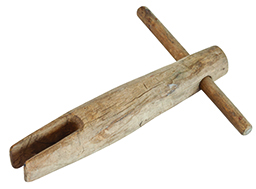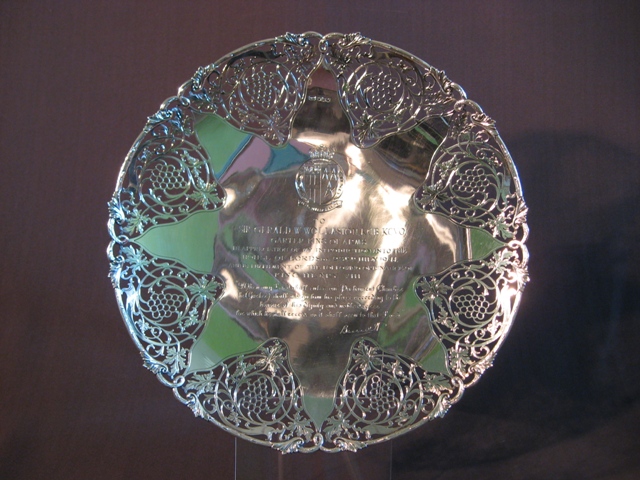With over 2000 votes cast we have a final list of 10 people who everyone from Albert County should know about. It's a wide range of people from a Prime Minster to a Father of Confederation, Entrepreneurs and Pioneers, War Heroes and Architects, and our own Trail Blazing Ship's Captain. A list spanning 300 years and one to be proud of and emulate! The Ten People chosen will form a new exhibit which will open this May, be sure to come by the Museum and see it. So, without further ado, I give you the Top Ten People of Albert County Everyone Should Know About listed in order of number of votes received.
1. Myrtle 'Molly' Kool (February 23, 1916 – February 25, 2009) was a Canadian-born American sea captain. She is recognized as being North America's first registered female sea captain or ship master.
2. Richard Bedford Bennett, 1st Viscount Bennett, PC KC (3 July 1870 – 26 June 1947) was a Canadian lawyer, businessman, politician, and philanthropist. He served as the 11th Prime Minister of Canada from 7 August 1930, to 23 October 1935, during the worst of the Great Depression years. Following his defeat as prime minister, Bennett moved to England, and was elevated to the peerage as Viscount Bennett.
3. Mary Majka - Born in Poland in 1925 (d.2014) to a Czechoslovakian countess and a Polish school principal, It was in New Brunswick that she would finally feel at home and it was there that Mary would begin her life’s work, saving wildlife environments, preserving historic sites, and educating Canadians about the natural world.
4. Fred Colpitts (1887-1963) a keenly community minded citizen, spearheaded the breeding of Black, Silver and Platinum foxes in North America. Born in 1887 at Little River, Fred Colpitts spent only a few years at the small country school, then moved to Salsibury. In 1913 he bought three Black foxes and from this small beginning he developed the largest ranch in the British Empire.Through selection and inbreeding, Fred developed the Platinum fox. This breed gained world recognition and attracted visitors from many countries. His Platinum foxes received top sales figures in Montreal, New York and London. One matched pair sold for $5,000.00, winning the highest awards at many major shows across Canada. In 1927 he bought an Alberta dairy farm and moved the registered Holstein herd East. The herd still continues today as the "Little River Holsteins". He was also a founding member of the New Brunswick Branch Holstein-Friesian Association.Colpitts was also a well known lumberman, and during World War II he employed hundreds of men in cutting pitprops for the British Ministry of Supply. Colpitts represented his county as a member of the Legislative Assembly of New Brunswick from 1930 to 1939. Colpitts was also instrumental in having Fundy National Park located in Albert County.
5. William Henry Steeves (May 20, 1814 - December 9, 1873) was a merchant, lumberman, politician and Father of Canadian Confederation.
6. Heinrich Stief (son of Augustin Stief and Anna Barbara Worner) was born 12 Dec., 1718 in Sirchingen, Wurttemberg, and died between 1778 and 1780 in Hillsborough, Albert Co., New Brunswick. He married Regina Stahleker Feb 25, 1745 in Münsingen, Wurttemberg. The couple are the progenitors of upwards of 250,000 descendants around the world.
7. Reid Bros (3) Architects- Were Canadian architects, who founded the California architectural firm, Reid & Reid. Born in Harvey, New Brunswick to William J. Reid and Lucinda Robinson. They were James W. Reid (1851-1943), Merritt J. Reid (1855-1932), and Watson Elkinah Reid (1858-1944) Notable buildings are the Hotel del Coronado, the Riverside-Albert Consolidated School, the Albert County Court House and Victoria Manor (home of Lt. Gov AR McClelan).
8. Lt Col. Cyrus Peck - VC, DSO & Bar (26 April 1871 – 27 September 1956) was a Canadian recipient of the Victoria Cross, the highest award for gallantry in the face of the enemy that can be awarded to British and Commonwealth forces. Peck was one of the seven Canadians to be awarded the Victoria Cross for their actions on one single day, 2 September 1918, for actions across the 30 km long Drocourt-Quéant Line near Arras, France. Peck is the only VC winner to be a sitting member of Parliment.
9. Judge Albert Watson Bennett was born in Hopewell Cape in 1864.He attended school there and went on to study law in Dorchester. He was admitted to the bar of New Brunswick in 1885 and practiced in the town of Sackville. Several years later he was appointed to the County Court of Westmorland and Kent. Throughout his career he saw many different life situations and witnessed the inequality of health services. When he retired in 1945 he began to seriously consider the state of healthcare in this region. He decided to make a difference by contributing towards creating equally accessible medical treatment for every one. He did this through making a large bequest to the Albert County Hospital. Upon his death in 1963, his estate went to his wife and it was not until she passed away in 1973 that the contribution was bequeathed to the hospital in the amount of $232,000. The following year the fund had accumulated to $359,286.63 with interest. Many improvements, equipment purchases, scholarships and educational opportunities have been made in the spirit of Judge Albert Bennett's vision of improved and quality healthcare for the residents of Albert County through the Bennett and Albert County Health Care Foundation Inc. (formerly the Bennett and Albert County Hospital Foundation).
10. Gaius Samuel Turner (August 12, 1838 – April 25, 1892) was a businessman and political figure in New Brunswick, Canada. He represented Albert County in the Legislative Assembly of New Brunswick from 1879 to 1892 as a Liberal-Conservative. He was born and educated in Albert County, New Brunswick, the son of Isaac Turner and Elizabeth Colpitts. In 1876, he married Lucy E. Stiles. He was a justice of the peace. Turner was a ship builder in Harvey, New Brunswick, and also was a director for the Albert Railway. He was named to the province's Executive Council in 1883 but resigned later that year. He died in office at Fredericton at the age of 53 after a long illness.


